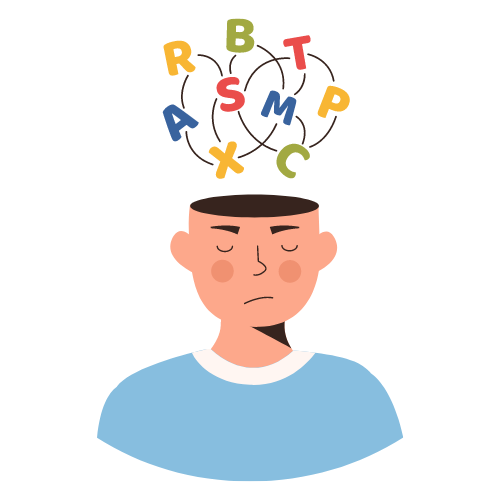People with learning disabilities
What the evidence shows
Evidence shows people with a learning disability are more likely to die at a younger age and are more likely to die suddenly. In 2022, epilepsy was the long-term condition that was most strongly associated with people with a learning disability dying at a younger age, followed by deep vein thrombosis, and degenerative diseases. Data from the same year suggests that twice as many people with a learning disability died from an avoidable cause of death than in the general population.
It can be more difficult to predict when someone with a learning disability may be approaching the last year of their life, which may lead to people with a learning disability being less likely to be referred to specialist palliative care services than the wider population. Where connections with relevant palliative and end-of-life care services are made at a late stage (if those connections are made at all), this impacts the ability to plan and make informed choices and limits the services that can then be offered.
Planning and delivery of support can be more complex for people with a learning disability due to difficulties with cognition, understanding and communication including preferences, challenges in decision making processes, co-morbidities and mental health issues. Evidence suggests people with a learning disability may not be involved in conversations about their own advance care plans. Lack of communication can extend to the health condition of a primary carer. Although this may be done to 'protect' the person from the reality, the death of a carer may then come as a sudden shock, and could lead to an unplanned change in living circumstances.
Evidence also shows that people with a learning disability are not always able to get equitable preventive support. Vital opportunities that could help avoid health problems are too often being missed as a result of disjointed care, and information and communication may not be well suited to the people they are being provided to. Obesity is more common for people with a learning disability, particularly in teenage years and in young adulthood. Over the past five years, there has consistently been a 15 percentage point difference in breast cancer screening rates and a 36 percentage point difference in cervical cancer screening rates between people with a learning disability and the rest of the population. Cancer is often diagnosed at a later stage for people with a learning disability than for the general population, with late diagnoses often made during emergency presentation at hospital.
What Kirklees organisations told us
Colleagues from Kirklees highlighted a range of issues for end-of-life care and planning for people with a learning disability. These included:
Recognising when people with a learning disability are approaching the end of their lives
Colleagues told us that it can often be hard to recognise the signs of end-of-life for people who have a learning disability - and that not all staff will have had training to recognise the signs. This means that people with a learning disability often don't have access to end-of-life planning or co-ordinated care.
So my bit of the world is, I'm often very much at the end of the journey when end-of-life is here with us and sometimes we could have probably proactively done something more positive. That's the truth of the matter...I come in and start having a conversation with a family and clearly the person is in the last 12 months of life and nobody's ever had a conversation with them. I think that's because people are frightened to have that conversation.
Some parents just don't wanna talk about this subject and other parents are really proactive and quite open to a conversation.
Setting of death
We were told that people with learning disabilities are frequently unable to die in a setting of their choosing. This is because they will often have coexisting physical health conditions which means that it can be hard to find the appropriate package of care at end of life.
Service provision
It can be hard to navigate the additional cost of increasing packages of care.
Recommendations
Specific training should be developed for recognising the signs and symptoms of end-of-life for people with learning disabilities. This training should also be more broadly applied to the wider population. Further awareness should be raised to highlight the risks and likelihood of early death, and planning for a better quality end of life should be promoted. More work should be done to encourage end-of-life settings to accommodate for comorbidities.
